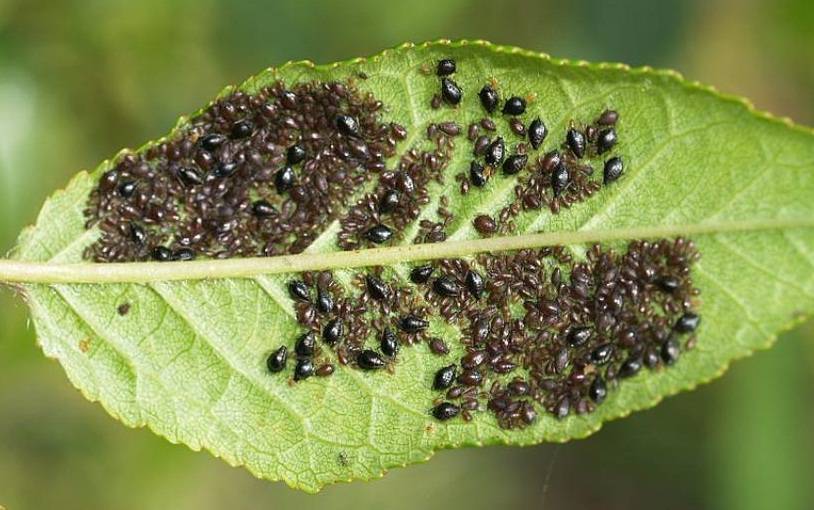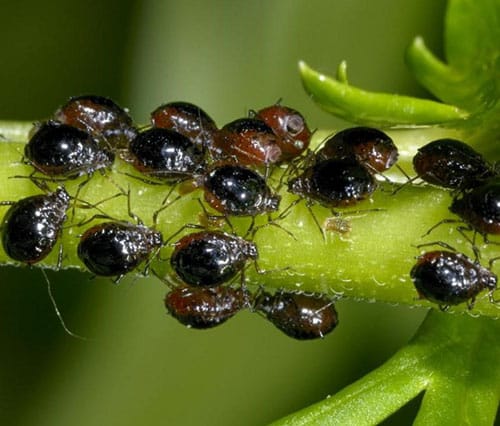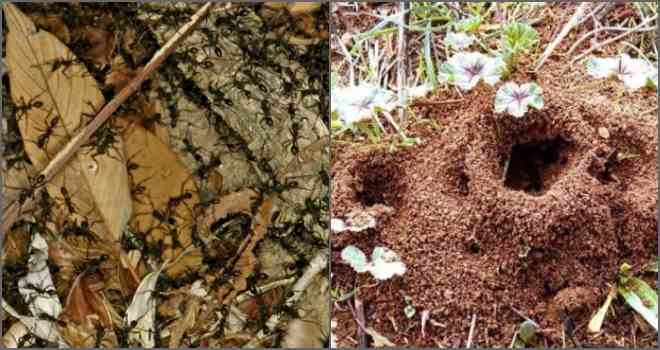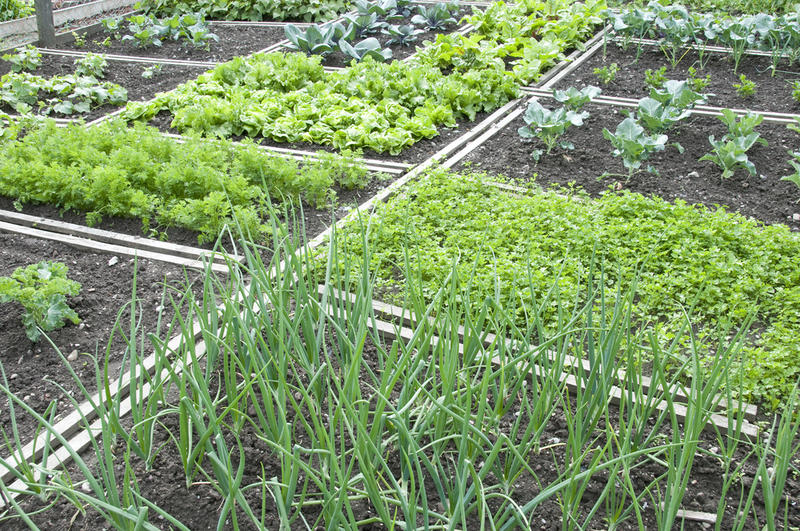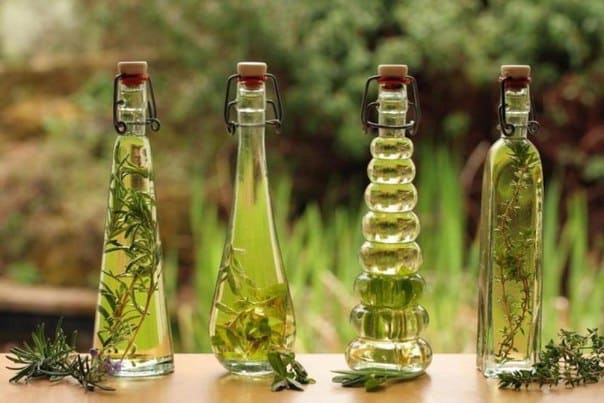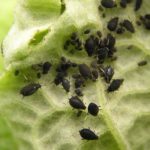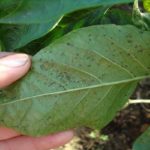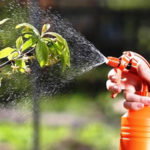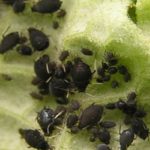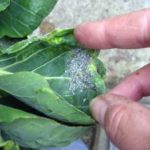The formation of aphids on parsley is considered one of the most dangerous pests infesting garden crops. Often recent plantings, which delighted their owners with fresh greenery, begin to wither. The danger is that the affected area quickly increases and can affect neighboring plantings, spreading to other plants. This can be caused by aphids, so it is important to know the basic methods of controlling pest infestations.
Aphid habitat
Aphids can live on the leaves, stems and roots of a plant.Infected shoots quickly weaken as the pest sucks out all the juice from them. In one season, aphids can produce up to 50 new generations, which, in the absence of timely measures, can have serious consequences for the garden plot.
The main distributor of the pest are ants, which constantly deliver new “tenants” to young shoots. Aphids prefer to feed on parsley juice, preferring to feast on fresh shoots. The initial lesions are insignificant and at this moment it is possible to cope with them quite simply. Over time, if the control is ineffective, the affected areas increase, and it is almost impossible to save the green crop at this moment.
The danger is that other plants are also infected.
Fighting methods
There are quite a few methods for controlling aphids on parsley, and they all involve the use of natural remedies or natural enemies of aphids.
The following methods of combating aphids are distinguished:
- ash and soap spraying;
- treatment with plant-based solutions;
- fumigation with tobacco smoke;
- spraying with products containing products from the “kitchen”;
- attracting natural enemies of aphids in the form of birds and insects;
- planting “scarecrow” plants next to parsley.
The use of chemicals to treat parsley plantings is unacceptable, since the greens absorb them and eating them becomes impossible.
How to fight
Many novice gardeners, when they discover aphids on a plant, are at a loss, not knowing how to deal with such a scourge. The main way to combat aphids is to spray or wash parsley leaves. To do this, prepare a special solution, which is used to treat the planting area.The frequency of work largely depends on the chosen product and the extent of the infection.
At the first signs of aphids on the bushes, it is recommended to immediately treat the shoots with an anti-pest product or remove the affected plants. An important factor for the success of preventive measures is the elimination of ants, for which special pencils and adhesive tapes are used, used in places where insects are crowded. An effective way to treat an anthill with boiling water.
In winter, to obtain an additional source of vitamins, many gardeners practice growing parsley on a home windowsill. The appearance of aphids in this case poses a significant threat to indoor plants. When the first signs are detected, the plant should be removed from the flowers and treated with one of the methods of combating aphids.
Prevention as the main method of control
As a preventive measure, feeders and places for birds are installed in the garden. The presence of sparrows, tits, and wrens on the site will significantly reduce the risk of parsley becoming infected with aphids. Similar measures include attracting insect enemies of such a pest in the form of ladybugs, lacewings, and ground beetles.
To do this, next to the parsley plantings, place fragrant herbs, daisies or other plants that attract beneficial insects.
Plants that repel aphids with their scent include:
- chamomile;
- lavender;
- onion;
- garlic;
- mint.
It is worth paying attention to those plants that are adjacent to parsley. Among them may be those that attract pests, causing infections.You should not place nasturtiums or petunias next to garden crops; it is recommended to form plantings away from linden, bird cherry and viburnum.
How to treat aphids on parsley?
The easiest way to combat aphids is to simply rinse with a stream of warm water, but this is suitable when only single individuals are detected.
Methods of spraying with solutions based on ash and soap are very effective:
- 300 grams of solid laundry soap or 125 grams of liquid soap are diluted per 10 liters of water;
- 300 grams of wood ash are boiled in 10 liters of water for 30 minutes, then used for spraying after cooling;
- 100 grams of tar are diluted per 10 liters of water.
The most popular herbal infusions for spraying are:
- onion - 35 grams of onion heads are infused in 1 liter of water for 5 hours, add 5 grams of laundry soap;
- garlic - crush 200 grams of garlic heads in 1 liter of water, then dissolve 25 ml of liquid in 10 liters of water;
- tobacco - 200 grams of tobacco are kept in 5 liters of water for 2 days, the resulting volume is brought to 10 liters;
- citrus - 100 grams of peels of any citrus fruits are infused in 1 liter of water for 3 days.
Although these recipes use natural ingredients, you should not exceed the recommended dosage. In high concentrations, plant components can cause burns in parsley. Before using the solution, it is recommended to test the plant’s reaction in a small area.
Getting rid of insects on cut greens
Getting rid of aphids that have settled on green leaves after cutting the plant is quite simple. To do this, take a deep container and pour salt water into it. To prepare the solution, use ordinary table salt.The greens are placed in the liquid for 5 or 10 minutes. After this, the bundles are taken out and washed under warm running water. This procedure can be repeated the required number of times until all insects are removed from the parsley.

